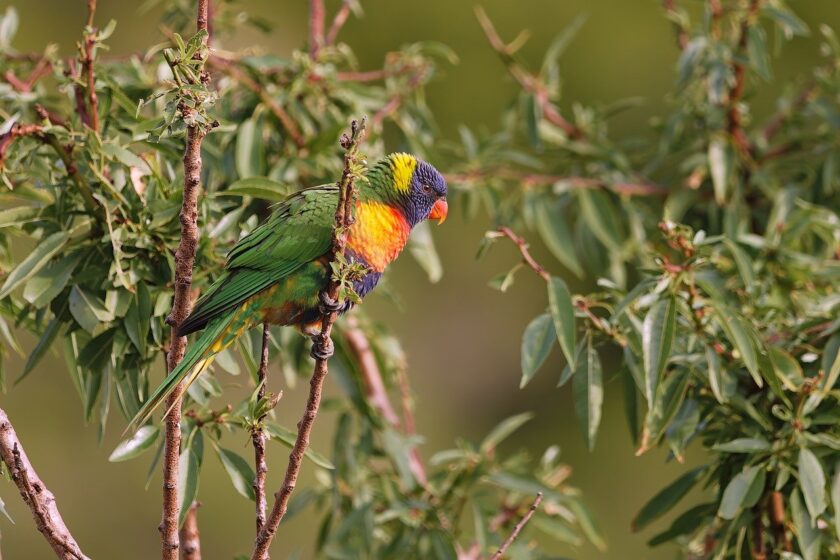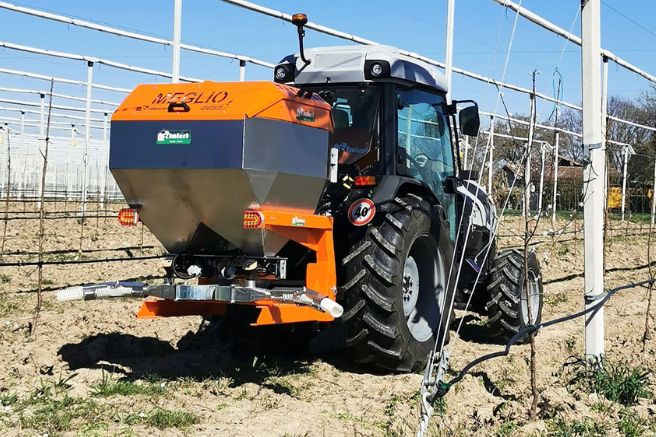Wildlife management cannot be implemented on the basis of ideologies or sentimentality. It must be agreed with the agricultural world and, where possible, with the food supply chains. Either we take this path with courage and pragmatism or we will continue to chase the emergency, between damages, protests and buck-passing of responsibility

Eugenio Demartini e Roberto Viganò
In recent decades, interactions between the so-called “civil society” and wildlife have increased exponentially. The abandonment of mountain and hill areas has favored the reforestation of territories once used for agriculture, creating ideal conditions for the demographic increase of wild species, while the conservation policies launched at a national level and designed to protect rare or endangered species in the 80s and 90s, although having achieved the expected results, have not taken into account that in the meantime the environmental and social context had changed. The relationship between man and animal is different from forty years ago.
Wildlife, protectionist sensitivity on the rise
Protectionist sensitivity has grown and the number of hunters has decreased, factors to which is added the induced pressure of globalization that has facilitated the often involuntary introduction of new species. A combination of factors which was then added to African swine fever which triggered a crisis, which was announced but ignored for years despite repeated warnings from technicians and operators in the sector, which weighs economically on the agricultural world.
It is no coincidence that these forcefully demand containment plans for the most troublesome species for crops, an understandable request considering that such damage is rarely compensated, but which would have no reason to exist if only the regulatory instruments for the containment of existing invasive species were applied.
Which does not happen due to conflicts between political and social interests and the slowness of public bodies that often prefer to ride the controversy and not act decisively. There is no shortage of examples. Think of the nutria, which has settled permanently along waterways thanks to escapes and voluntary releases.
Its comparison with mice and moles, Law 157/1992, has generated regulatory confusion, increased management costs and prevented any possibility of economic valorization. Although in other countries it is considered a food resource and in some cases even valuable, in Italy it is forbidden to use its meat even for the production of pet food.
The case of the wolf
Another emblematic case is that of the wolf. The downgrading from “particularly protected species” to “protected species” has provoked uncontrolled reactions from environmental associations, but in reality management measures for problematic specimens have already been in place for some time at European and national levels. Another example is the sacred ibis, a species that clearly highlights the immobility inherent in a certain conservationist approach. Its spread is linked only to escapes from private collections and zoos and according to Ispra, eradication would be technically possible if only there were a specific control plan at national level.
In Abruzzo, the case of the management of the deer in 2024 highlights how debates are often tainted by ideological logic. Despite correct planning and the proposal for minimum sampling based on censuses, they have given rise to environmentalist reactions of total closure, with motivations far from any technical foundation and linked more to propaganda than to land management.
Protecting every single animal “regardless” is not in fact “conservation”, it is an animalism that clearly differs from the concept of habitat protection established by the Bern Convention of 1979 and ratified in Italy in 1981. The European Union itself, in 2003, adopted a Strategy on Invasive Alien Species that promotes containment interventions precisely to protect ecological balances and safeguard native habitats and species.
It follows that a true conservation policy must also include active management tools with a view to balancing biodiversity and human presence. Activities that must be carried out within the scope of wildlife control provided for by Article 19 of Law 157/1992 by structured, trained, certified and controlled professional figures.
Professional hunters. In some regions, such as Lombardy, these figures have already been introduced on an experimental basis and their cost is supported by the Regional Health Service. However, this is a measure that is not sustainable in the long term, which could instead become sustainable if a structured collaboration with the agricultural world were encouraged, giving rise to a sort of contractor appointed to operate on a public or private basis to reduce conflicts between wildlife and human activities. An integrated management that also includes the introduction of game meat into the food chain or compensation for interventions on non-marketable species, would allow us to give dignity to an activity that is fundamental for the balance of the territory and for the survival of many agricultural companies.
Title: Wildlife from problem to resource
Translation with Google
Authors: Eugenio Demartini e Roberto Viganò







